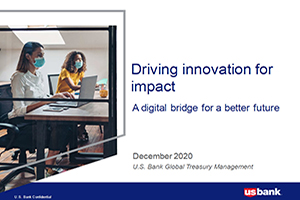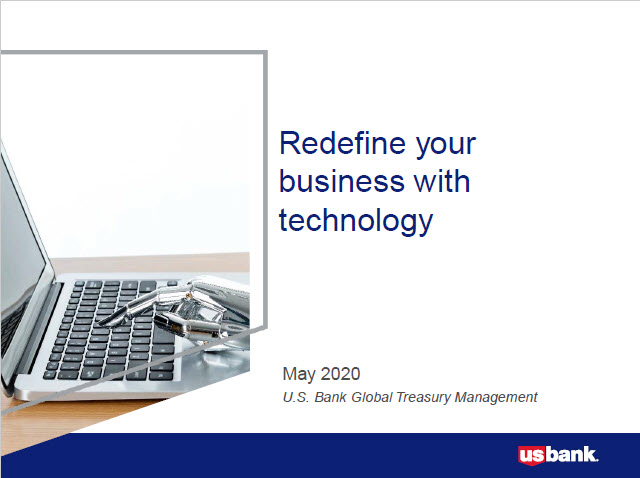Reducing costs while boosting service is the goal, and organizations are turning to computers for supply chain support.
While the supply chain might seem to reside in the corporate background, it’s truly at the center of a perfect storm. The e-commerce explosion is both increasing demand and changing consumer expectations. This is putting tremendous strain on the supply chain.
“Everybody wants their purchases at the lowest possible cost; they want it the next day, and they think shipping should cost zero,” says Eric Peters, President and CEO of SensorThink, a supply-chain software firm based in Los Gatos, California, and Orlando, Florida. At the same time, continued low unemployment puts pressure on wages, for warehouse and driver jobs.
Reducing costs with supply chain technology
As a result, manufacturing, shipping and warehouse operations companies are seeking to reduce costs on the supply chain while maintaining or improving service levels. Many are looking to technologies like automation, analytics, artificial intelligence (AI) and the internet of things (IoT) to do so.
Peters expects rapid adoption of such innovations. “I’ve been in Silicon Valley for 25 years and this is the fastest change I’ve ever seen,” he says.
That can leave supply chain professionals feeling overwhelmed, because much of the technology running warehouses and other logistics functions has remained static for the last decade. Such swift change puts a premium on learning as much as possible about innovations and what’s necessary to maximize an organization’s return on its technology investment.
It’s important to understand and address widespread data challenges. The potential of many innovations depends on accurate, validated data that can be shared across platforms. Many companies aren’t yet able to maximize the value of analytics because they’re using only a small share of the data they’ve collected. In some cases, the data is stuck in silos. In other cases, it’s in unusable formats.
Sensors and AI
Another area of investment is sensors. The World Economic Forum predicts that by 2022, one trillion sensors will be connected to the internet. This can boost visibility into processes and, as stated in Global Trade Magazine, “draw attention to potential faults in each supply chain operation.”
These sensors are key to AI, which could improve profit margins for freight carriers. Consulting firm McKinsey reports that transportation and logistics firms committed to adopting AI are more profitable than those firms partially adopting or simply experimenting with it.
However, AI is currently too complex to implement effectively. This is due to data challenges, most of which relate to accuracy. In a warehouse, a misfiring optic sensor on a conveyer belt could substantially skew AI data. If no one detects and corrects such errors, bad decisions may result.
Within the next five to 10 years, as data challenges get resolved, the supply chain could shift to data sharing, especially through distributed ledgers. A distributed ledger can work as a universal ledger that can track a product from the original manufacturer to the final consumer.
In the future, IoT will act as an automated third party that reports an event to the distributed ledger. For example, an IoT sensor could record when a pallet crosses through a dock door and officially moves from the control and responsibility of one party to the next. Within the next decade distributed ledger technology may become capable of integrating payments, eventually resulting in even greater efficiencies.
Start small to gain IoT efficiencies
Today, IoT can provide valuable information to increase efficiency. For example, an organization might use sensors to monitor performance of one type of machine or one process to keep the pilot program a reasonable size.
An ideal pilot will focus on aspects of performance that can reveal potentially high-value process improvements. “Determine what kind of outcome you want to get from the pilot, and then you can find the sensors and devices to put it together,” Peters says.
Talk to your bank relationship manager to learn more about gaining supply chain and payments efficiency within your organization.















































